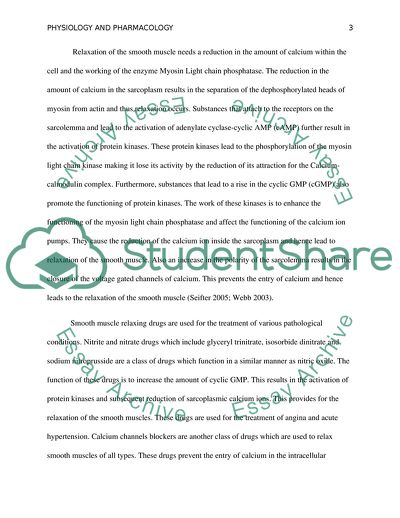Cite this document
(Physiology and Pharmacology Assignment Example | Topics and Well Written Essays - 2000 words - 1, n.d.)
Physiology and Pharmacology Assignment Example | Topics and Well Written Essays - 2000 words - 1. https://studentshare.org/health-sciences-medicine/1791976-physiology-and-pharmacology
Physiology and Pharmacology Assignment Example | Topics and Well Written Essays - 2000 words - 1. https://studentshare.org/health-sciences-medicine/1791976-physiology-and-pharmacology
(Physiology and Pharmacology Assignment Example | Topics and Well Written Essays - 2000 Words - 1)
Physiology and Pharmacology Assignment Example | Topics and Well Written Essays - 2000 Words - 1. https://studentshare.org/health-sciences-medicine/1791976-physiology-and-pharmacology.
Physiology and Pharmacology Assignment Example | Topics and Well Written Essays - 2000 Words - 1. https://studentshare.org/health-sciences-medicine/1791976-physiology-and-pharmacology.
“Physiology and Pharmacology Assignment Example | Topics and Well Written Essays - 2000 Words - 1”. https://studentshare.org/health-sciences-medicine/1791976-physiology-and-pharmacology.


